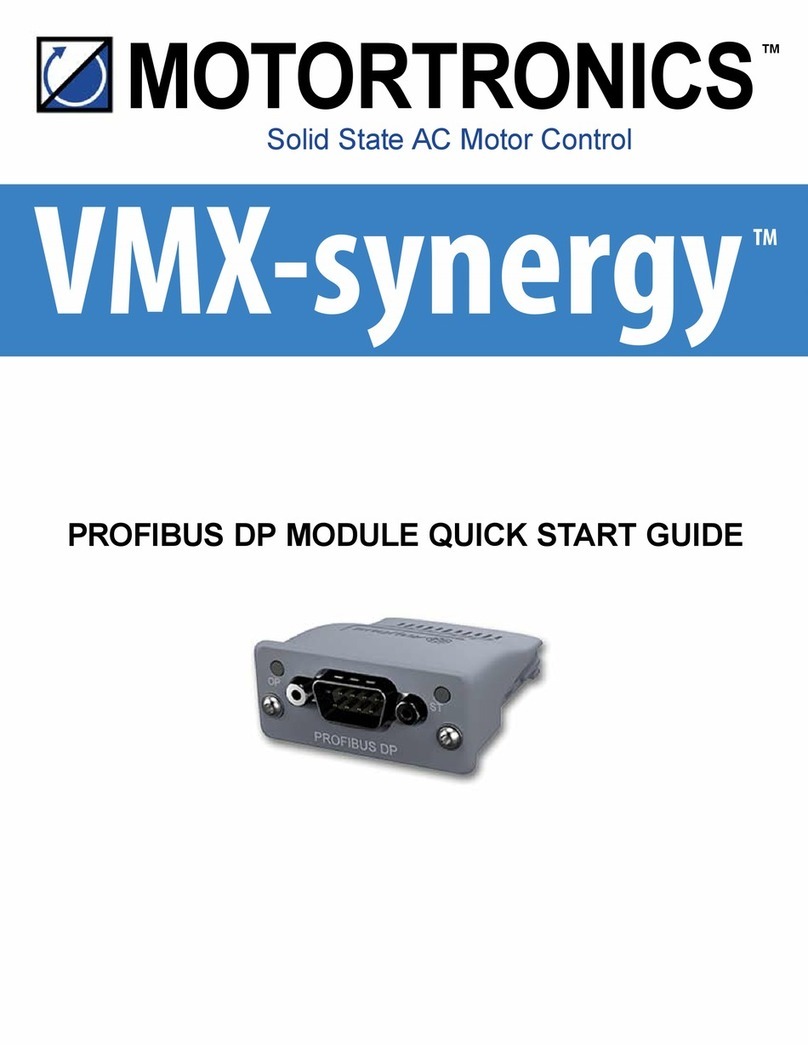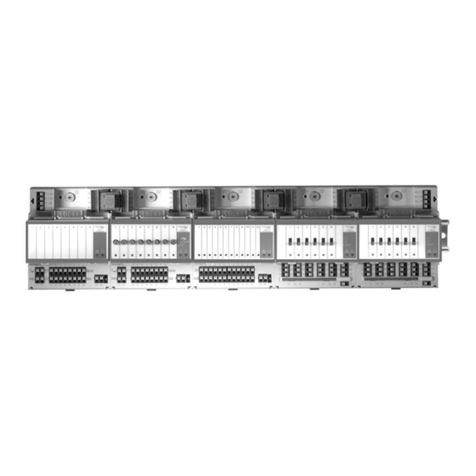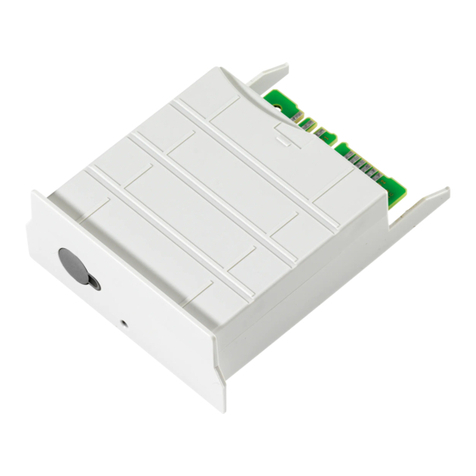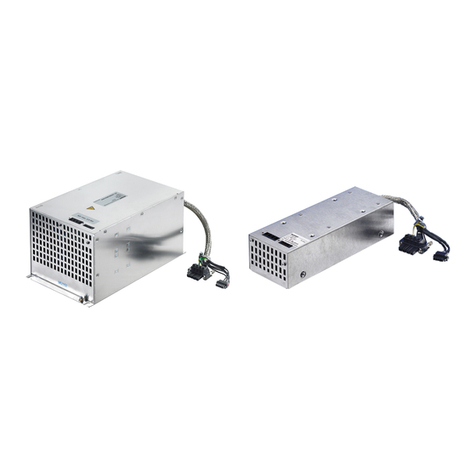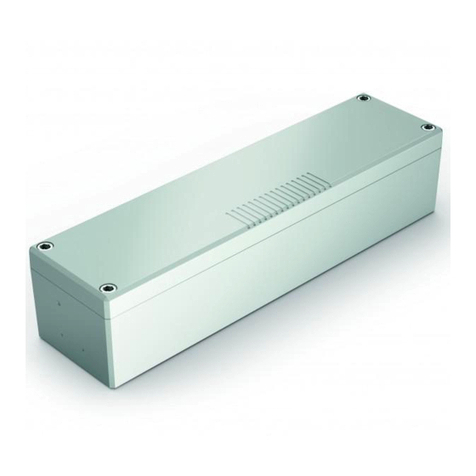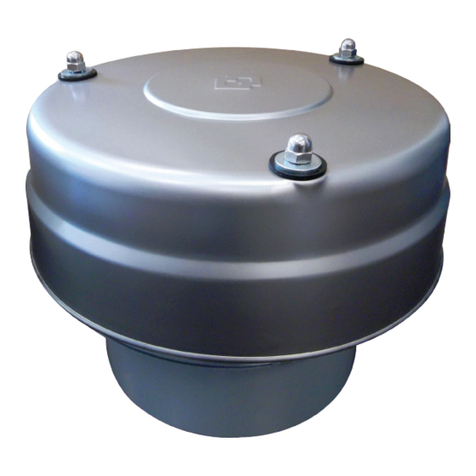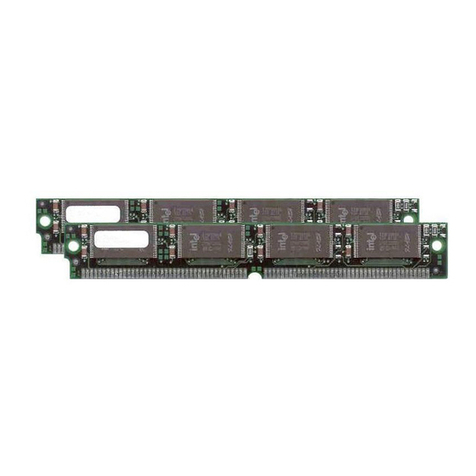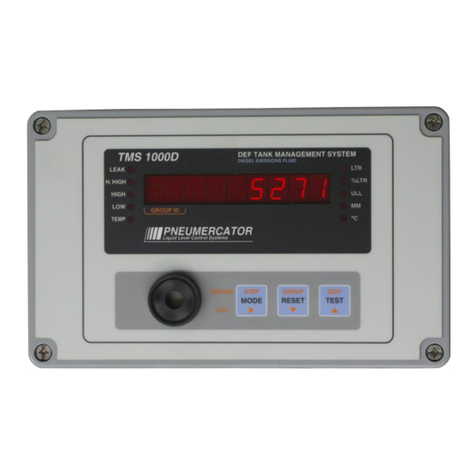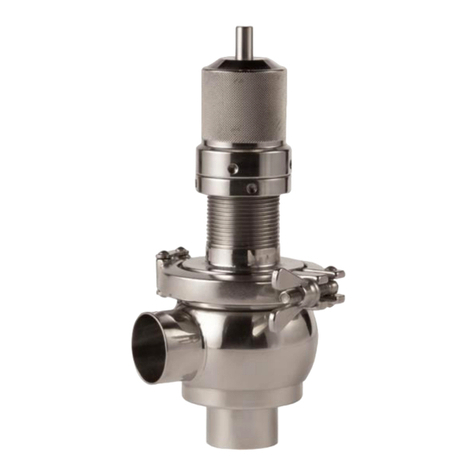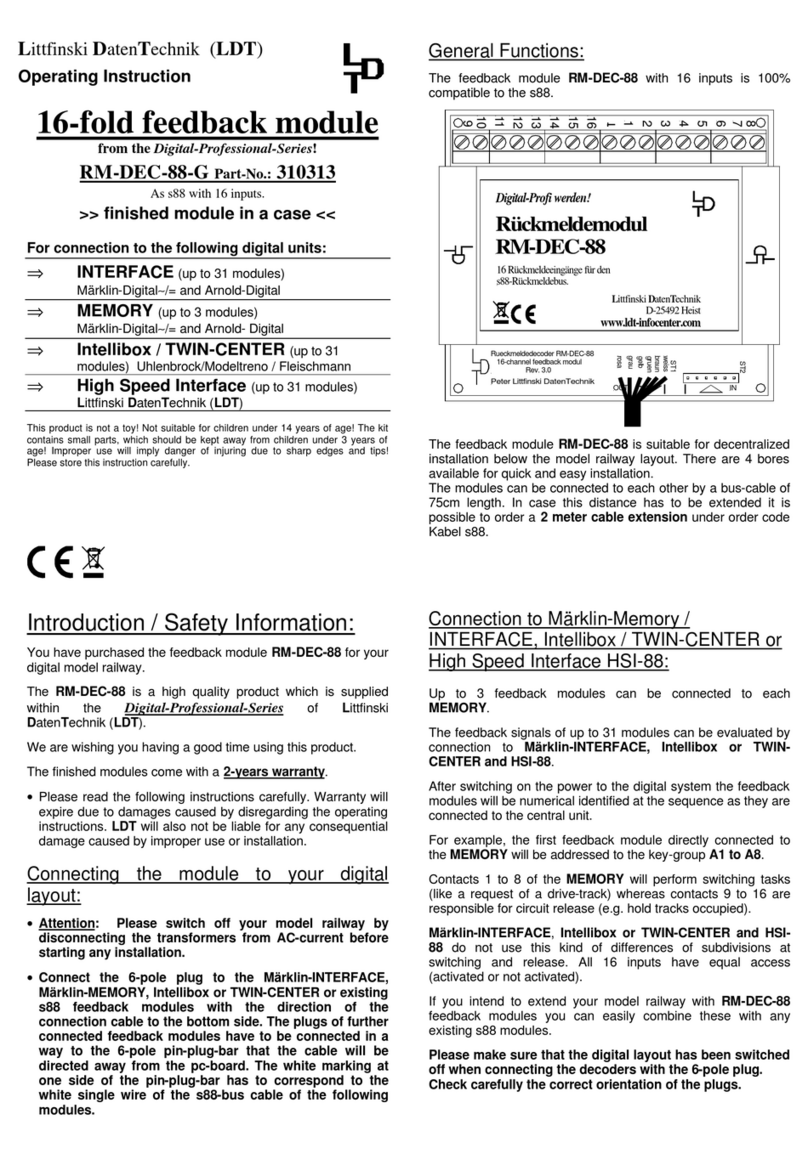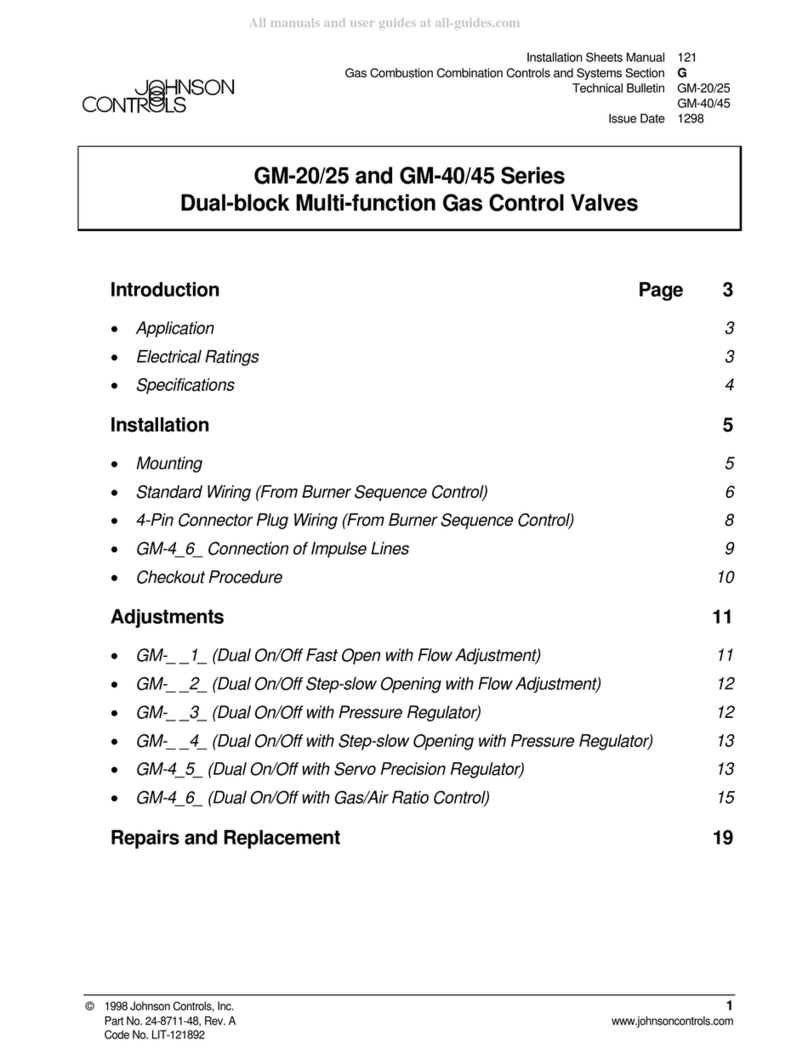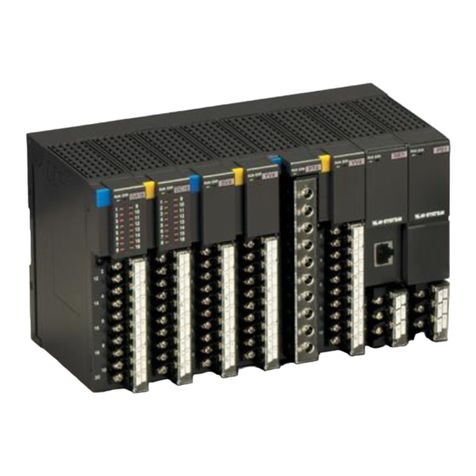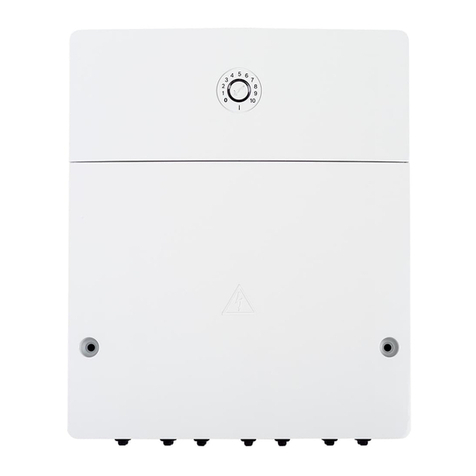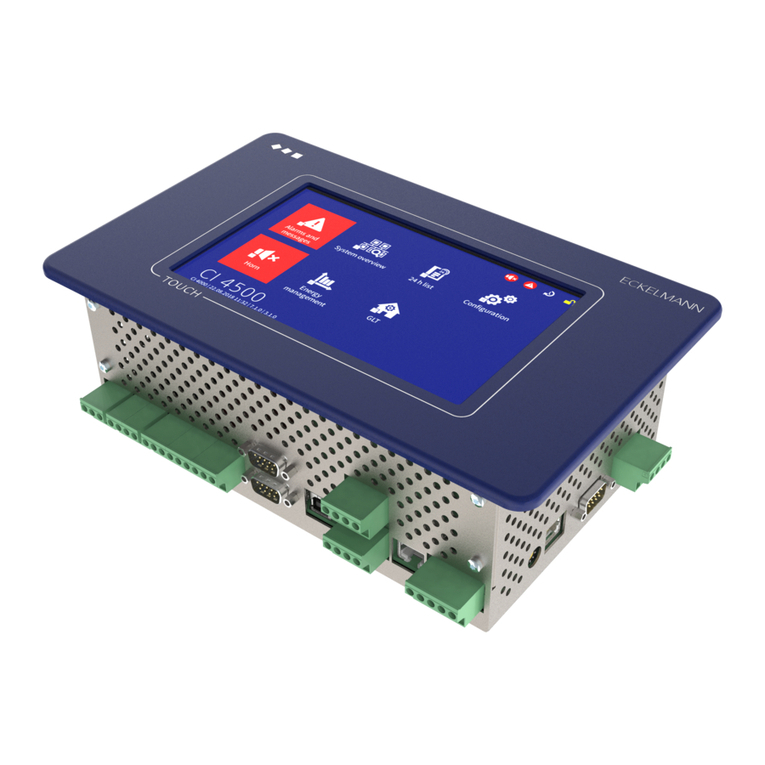
•
•
•
•
•
•
•
•
•
•
•
•
•
•
•
•
•
•
•
•
•
•
•
4 System centre functions
4.1 Tasks and functions
Functions starting with VSC 5010 / VSC 5110 and higher
Central parametrisation and configuration of all E*LDS components via the CAN bus / Modbus:
all E*LDS components can be operated and configured remotely via the controller (see operating manual
"Basics and general security and connection instructions").
Central display of operating data, 24h lists, messages and alarms of all E*LDS components.
Central and system-wide change of the user language during running operation.
Monitoring of the CAN bus / Modbus and the operational readiness of all E*LDS components:
appropriate alarms are generated in the event of faults and failure of the CAN bus / Modbus or failure of
E*LDS components.
Monitoring of external alarms and logging of meters via the two digital inputs or of up to 12 digital inputs
using a SIOX extension module.
Remote alarm signalling of the E*LDS system, alarm is signalled to fault indicator centre using GSM
modem, SMS, FAX and network.
Alarm is signalled of alarms and messages of the controller and of the E*LDS system:
via two alarm contacts Prio 1 / Prio 2,
via audible internal signal generator (buzzer),
ViaoptionalconfigurablemultifunctionrelayAUX(parameter“Horn”)and
Alarm signalling by flashing the touchscreen when screensaver is activated.
Control of up to 8 relay outputs of a SIOX extension module using week timers.
Central time synchronisation (time server):
The date and time can be adjusted system-wide using the controller. It also cyclically synchronises the
internal clocks of all E*LDS components via the CAN bus. For this, the system centre has a real-time clock
with power reserve that supports the automatic changeover between summer and winter time.
Energy management:
Electricity, water, gas, heat and event meters with pulse output (S0), can be connected or also M-bus
meters using the M-bus gateway. The controller determines and archives the current output or the
throughput and the daily energy requirement or consumption.
Load shedding manager (LAM ):
The Load Shedding Manager can be configured for up to 20 shedding points and optimises the power
consumption of the installation / building control system within a load optimising interval of 15 minutes.
Remote maintenance of the installation / store via a central computer (PC) with the PC software LDSWin.
Using the interfaces of the controller,
-UA30RC/RScompactcontrollers,
-LDS1gatewaysandDixellcontrollers(viaRS485COM3/MODBUSinterface)and
-thirdpartycontrollersfromDanfossAHTandWurmAHT(viaRS232COM4interface)canbeintegratedin
the E*LDS system.
A summary can be found in the chapter Communication interfaces.
2 Ethernet / LAN interfaces for faster data transfer.
Automatic transmission of alarms via E-Mail.
Automatic transmission of alarms via Pushover.
Integral remote update function for existing installations.
-ViaInternetandLANconnectionusingVNC,
seeRemote operation of the system centre using VNC (Virtual Network Computing).
- Via Internet and LAN connection using a browser, Interface to Virtus Caelum Apps is disabled.
VSC 5410 / VSC 5510 Functions
Second CAN bus interface (CAN2) for use as CAN bus repeater; see chapter CAN bus - Connection of
E*LDS Components.
Interface to Virtus Caelum Apps is enabled, see Remote control via Virtus Control Desk (VCD).
Further details about the current firmware can be found in E°EDP.



















